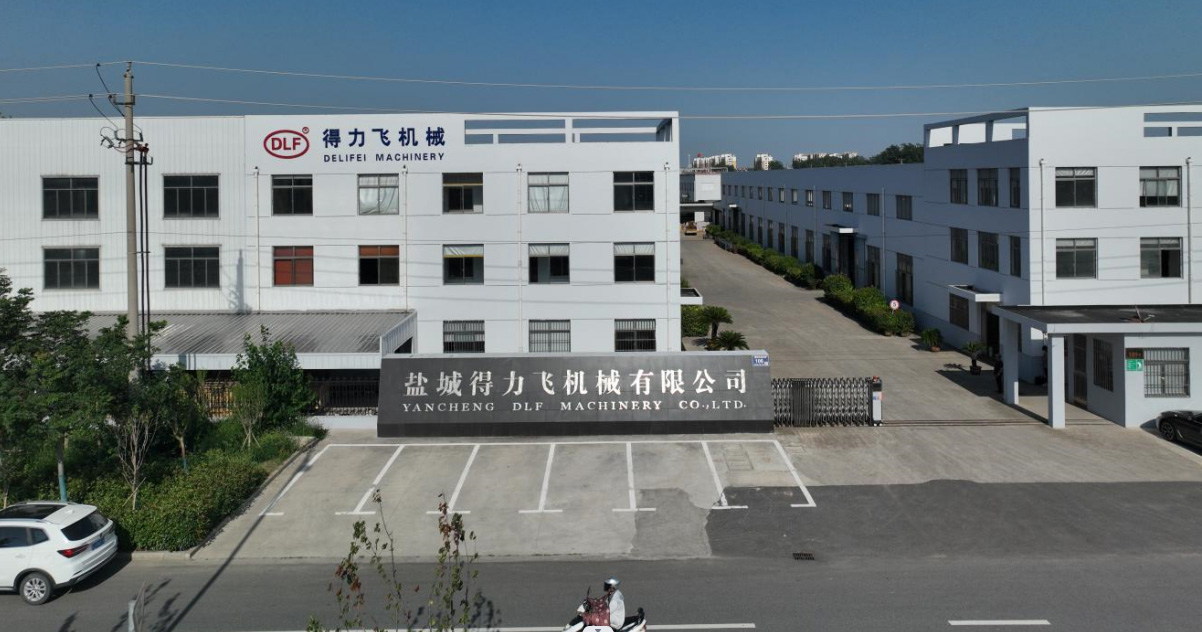
The current agricultural machinery environment is witnessing significant advancements and holds promising prospects for the future. As the world population continues to grow, the demand for food is increasing, which has led to a greater emphasis on improving agricultural practices and efficiency. Agricultural machinery plays a critical role in meeting these challenges and ensuring sustainable food production.
One of the key trends in the agricultural machinery sector is the adoption of precision farming techniques. Farmers are increasingly utilizing advanced technologies, such as GPS systems, drones, and sensors, to improve productivity and reduce costs. Precision farming allows for precise application of inputs, such as fertilizers and pesticides, based on the specific requirements of different areas within a field. This results in optimized resource utilization and minimized environmental impact.
Automation is another significant development in the agricultural machinery industry. With labor shortages becoming a global concern, there is a growing need for automation solutions to mitigate the impact. Automated machinery, such as robotic harvesters and autonomous tractors, offer increased efficiency and reduced dependence on manual labor. These technologies not only boost productivity but also address labor-related challenges faced by the agriculture sector.
The integration of artificial intelligence (AI) and machine learning algorithms is revolutionizing the agricultural machinery landscape. AI-powered systems can analyze vast amounts of data, such as soil composition, weather patterns, and crop health, to provide actionable insights and optimize decision-making. For instance, AI-based software can detect diseases or nutrient deficiencies in crops at an early stage, enabling farmers to undertake timely interventions. This not only prevents potential crop losses but also reduces the need for excessive pesticide usage.
Sustainable agriculture is gaining prominence, and agricultural machinery is contributing to this shift. The industry is witnessing a rise in the production of eco-friendly machinery that reduces carbon emissions and minimizes environmental impact. For example, electric and hybrid machinery is becoming increasingly popular, as it offers cleaner and quieter alternatives to traditional diesel-powered equipment. Moreover, manufacturers are focusing on developing machinery that is more fuel-efficient and reduces greenhouse gas emissions.
The prospects for the agricultural machinery sector look promising. The increasing global population, combined with changing dietary preferences, will necessitate higher agricultural productivity and efficiency. This, in turn, will drive the demand for advanced farming technology and machinery. Additionally, government initiatives promoting sustainable agriculture and providing incentives for technological adoption will further propel the growth of the industry.
However, there are certain challenges that the agricultural machinery sector needs to address. Affordability remains a concern for small-scale farmers, especially in developing countries. The cost of acquiring and maintaining advanced machinery can be prohibitive, limiting their access to the latest technologies. Moreover, the lack of technical knowledge and training among farmers can hinder the effective utilization of agricultural machinery.
In conclusion, the current agricultural machinery environment is witnessing transformative developments driven by precision farming, automation, and AI integration. The sector holds promising prospects for the future, as the demand for increased productivity and sustainable farming practices continues to grow. However, efforts should be made to make advanced machinery more affordable and accessible to all farmers, regardless of their scale of operation. Additionally, providing training and technical support will ensure the optimal utilization of these technologies, leading to improved agricultural outcomes globally.
Post time: Sep-20-2023

